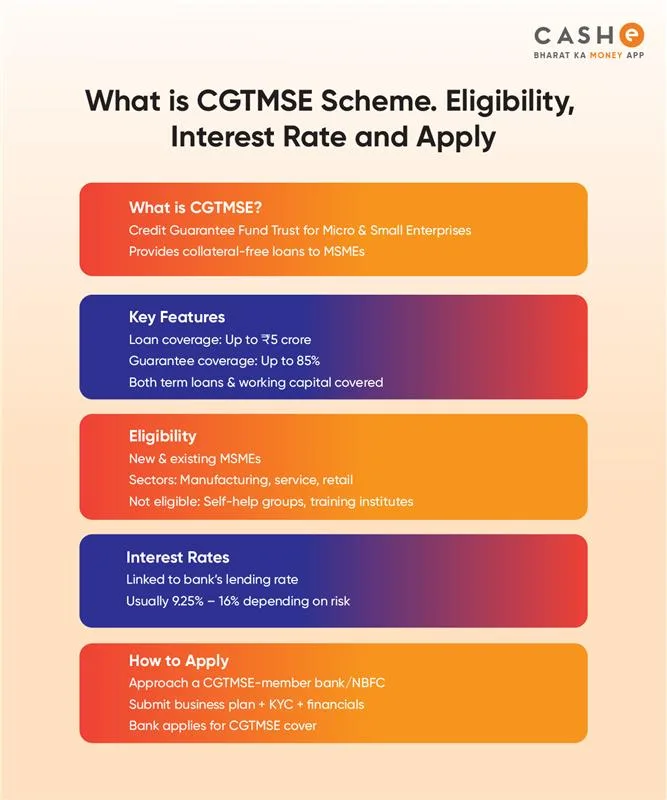It is not easy to manage money, as to manage it, you should know where and how to invest. Today, there are numerous ways to handle your finances. Some invest in stocks and mutual funds, while others may invest in properties and bank instruments to get returns.
If you are new to investing and are looking for mutual funds, then there are two terms that you should be aware of- SIP (Systematic Investment Plan) and SWP (Systematic Withdrawal Plan). In this blog, we will learn everything about SIP vs SWP. We learn about the difference between SIP and SWP, when to use each one, taxation and more.
What is SIP?
SIP, or Systematic Investment Plan, is a way to invest small amounts regularly in a mutual fund. You can choose to invest weekly, monthly or quarterly.
It is helpful for people who want to build wealth slowly over time. However, keep in mind that SIP works best if you are investing for long-term goals like buying a house or retirement. Using SIP for long-term investing is one of the best ways to grow your savings.
What is SWP?
SWP stands for Systematic Withdrawal Plan and is the opposite of SIP. In SWP, you withdraw a fixed amount from your mutual fund investments at regular intervals, like monthly or quarterly. Here’s what you should know about SWP:
- SWP is useful when you need a regular income from your investment.
- Here, you can choose how much money you want to withdraw and how often.
- Many retired people use SWP investments to get a monthly income for their expenses.

SIP vs SWP: Key Differences
Here is the difference between SIP and SWP:
| Feature | SIP | SWP |
|---|---|---|
| Purpose | Regular investment | Regular withdrawal |
| Cash Flow | Money goes into the fund | Money comes out of the fund |
| Ideal for | Young investors, salaried professionals seeking long-term investments | Passive income seekers, retired individuals |
| Taxation | Taxed on capital gains | Taxed on the gain portion upon withdrawal |
| Eligible for tax deduction | Yes | No |
Tax Implications
Here’s how tax works for SIP and SWP in India:
- In SIP, you pay tax only when you sell the units. If you sell after 1 year, it’s called long-term capital gains (LTCG) and is taxed at 12.5% (if gains are over ₹1.25 lakh in a year).
- In SWP, you pay capital gains tax on the ‘profit’ part of the withdrawal amount. This portion is taxed based on how long you have held the units.
Common Mistakes to Avoid
- You should not start SIP without a goal. Always know why you are investing.<
- Never stop SIP during market ups and downs. Keep investing even during tough times.
- Do not withdraw more than your fund’s growth rate.
- Be aware of tax rules before planning large withdrawals. Also Read : What is ELSS Funds
Conclusion
Now that you know the key differences between SIP and SWP, ensure that you make well-informed financial decisions and choose your investments based on your age, income and financial goals.
If you are in urgent need of funds and cannot wait to build a fund through SIP, you can go for instant personal loans. CASHe offers Easy loans of up to ₹3 lakh. You can apply on the CASHe app and get your loan approved within minutes.











